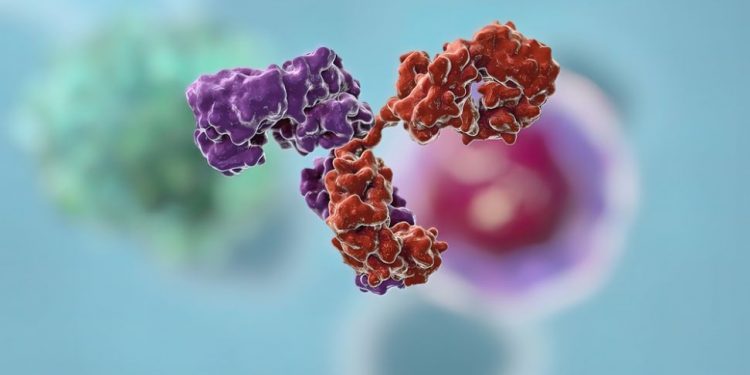Tongue cancer occurs when healthy cells develop changes that cause them to grow out of control. These cells can spread to other parts of the mouth or throat if they are not treated early.
We don’t know what causes most tongue cancers, but they are more common in people who smoke or use alcohol. In recent years, more women and younger people are being diagnosed with tongue cancer. This may be due to a rise in HPV-associated oropharyngeal squamous cell carcinoma.
The most common symptom is a sore on the tongue that does not heal. It might look like a lump or ulcer and may bleed when it is bitten or touched. Other symptoms include difficulty swallowing, pain when chewing or moving the tongue or jaws, and a hoarse or scratchy voice.
If you have these symptoms, see your doctor right away. He or she will examine your mouth and neck, and may recommend a special test to find out if you have tongue cancer. This test will involve coating the inside of your mouth with a dye that will show up darker if it spreads over an area of the tongue where there are abnormal cells.

Other tests to diagnose tongue cancer include a CT scan or magnetic resonance imaging (MRI) of the mouth and throat, and a biopsy. During the biopsy, a doctor will insert a thin needle into the tumor and draw out a sample of cells to be tested in the lab. Alternatively, doctors can use a fine-needle aspiration technique or cut out the tumor with a scalpel.
Doctors will also use a microscope to study the tissue from the biopsy. This can help them determine if the cancer is malignant or benign. They will also identify the stage of the cancer, which tells them how far it has spread. Tongue cancer is usually staged using the TNM (tumor, nodes, and metastasis) system.
The five-year survival rate for tongue cancer depends on the stage of the disease when it is diagnosed and what treatment is given. People who have the least advanced cancers and those with the best chance of preventing further spread have the best outcomes. The earlier tongue cancer is diagnosed, the more likely it is to be treated successfully and with few side effects.









